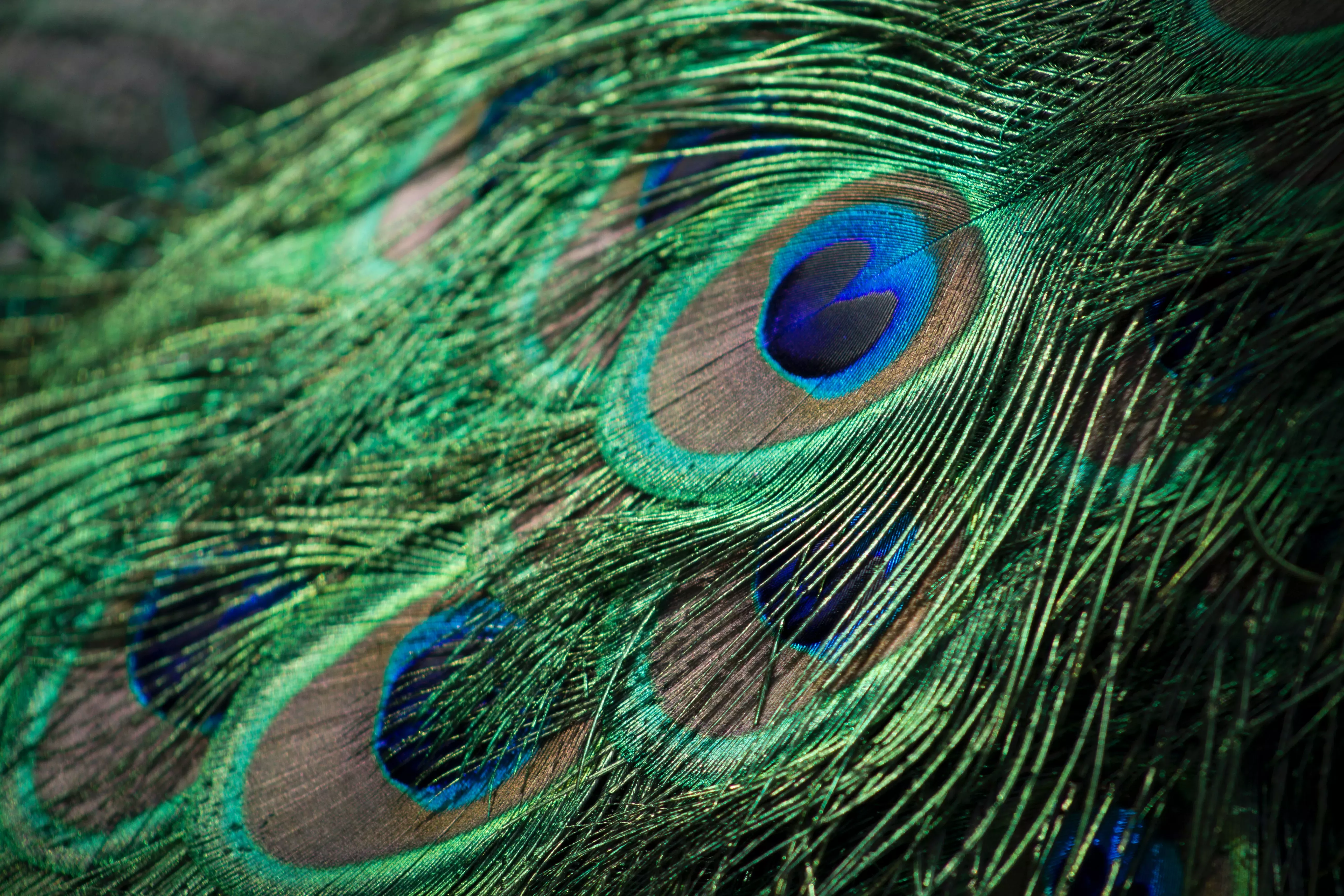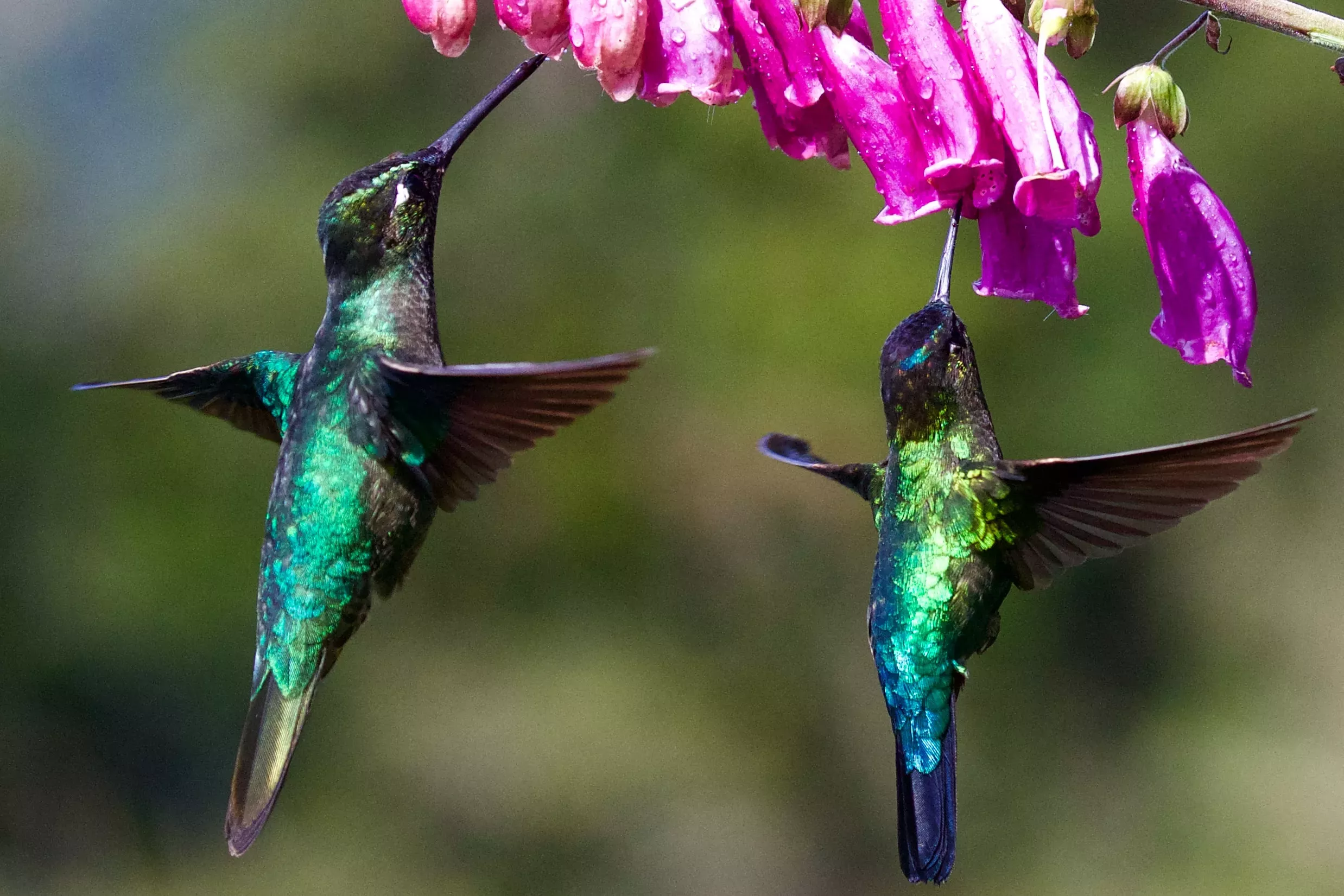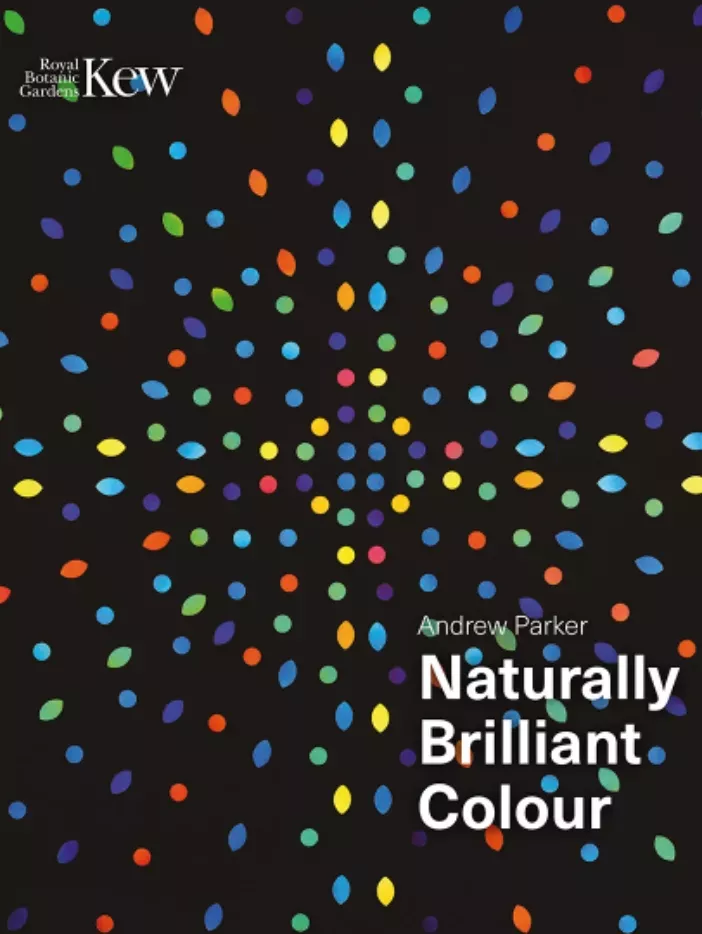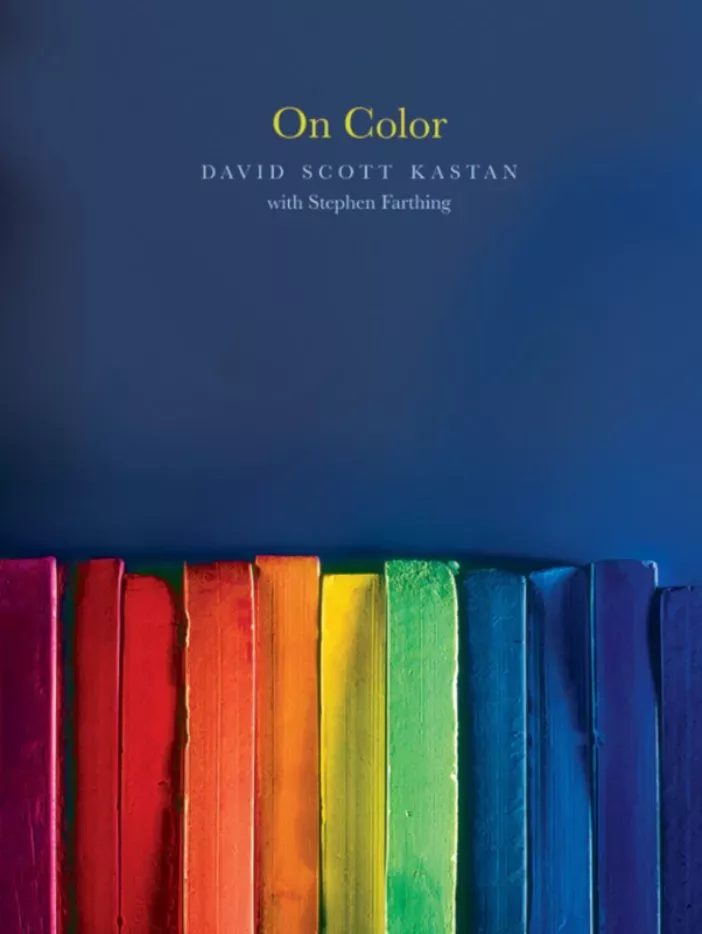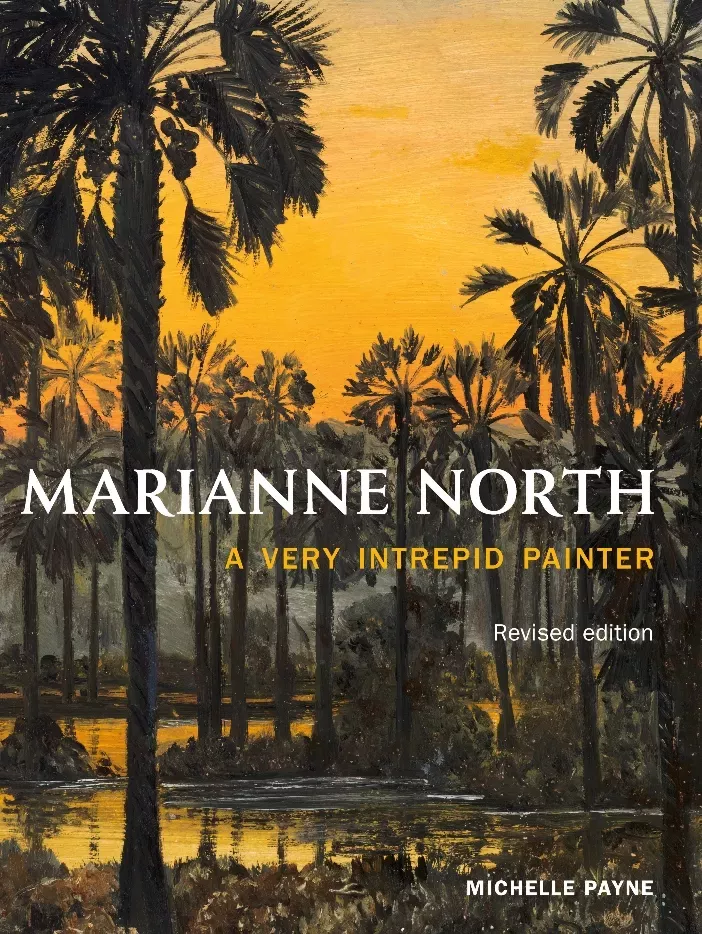16 May 2021
What is colour?
Colour is what brings the natural world to life. But what is it, why do we see it, and why is it important in nature?

Colour is a construct of the mind.
Colour isn't a physical characteristic of an object, unlike size or mass.
To see colour, you need light. When light shines on an object, some light bounces off and some is absorbed.
Our eyes detect the rays of light that bounce off, and our brains convert them to different colours.
Why does colour exist?
When the first eyes evolved, around 520 million years ago, evolution went into overdrive. Before this, colour didn't exist.
When the first eyes came into existence, the natural world started to evolve bright and beautiful shades.
Animals evolved to use colour to their advantage. They developed bright feathers and scales to attract mates and deter predators. They even developed ways to use colour so they could camouflage themselves and disappear into their surroundings.
In the plant world, plants evolved to have brightly coloured flowers to attract pollinators, like bees and butterflies.
Vibrant colours are more attractive to pollinators, like bees, which are drawn in by blue tones.
Fruits have developed to be bright colours, to let animals know when they're ripe to eat. This means the fruits are more likely to be eaten by peckish animals and the seeds dispersed through their poo.
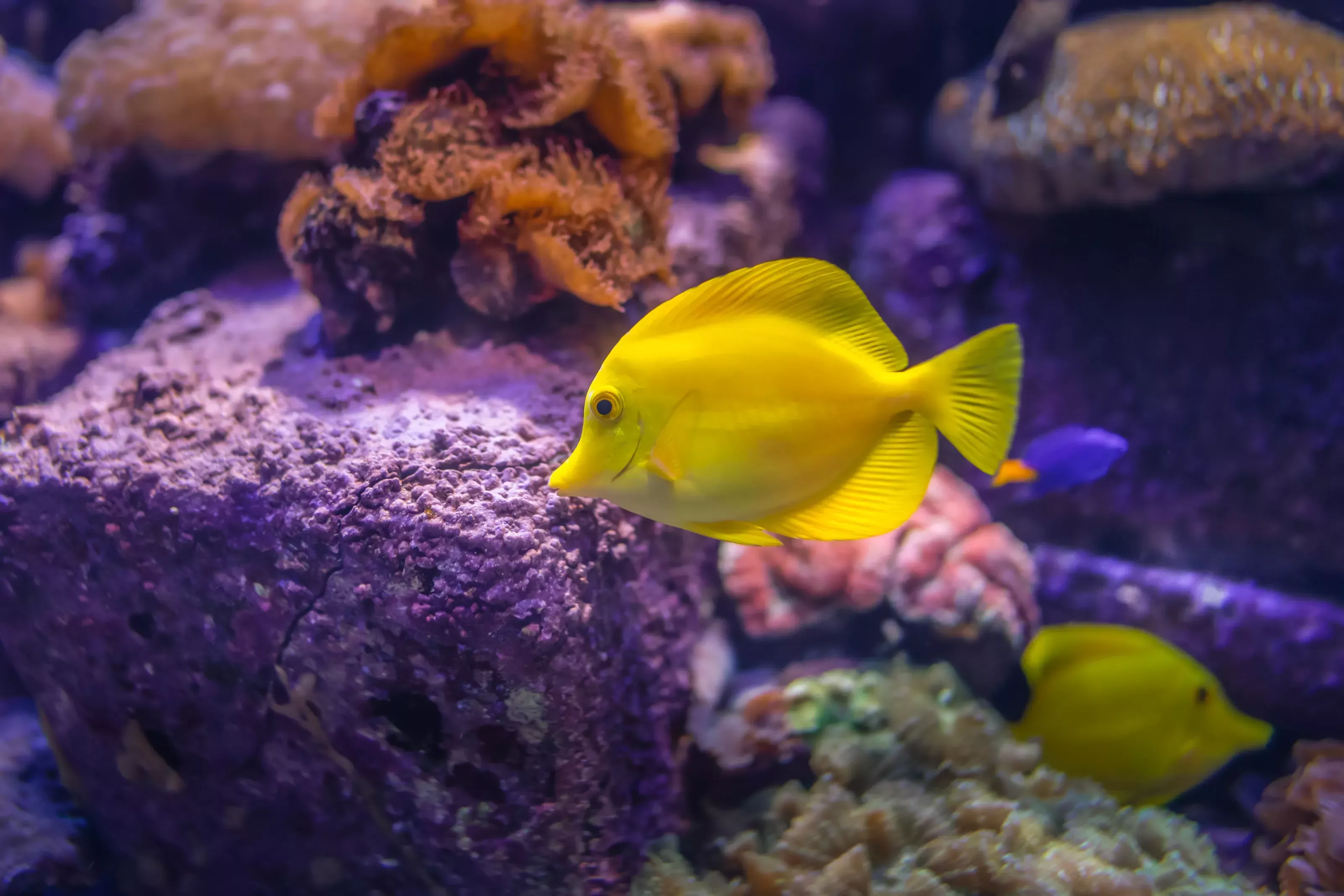
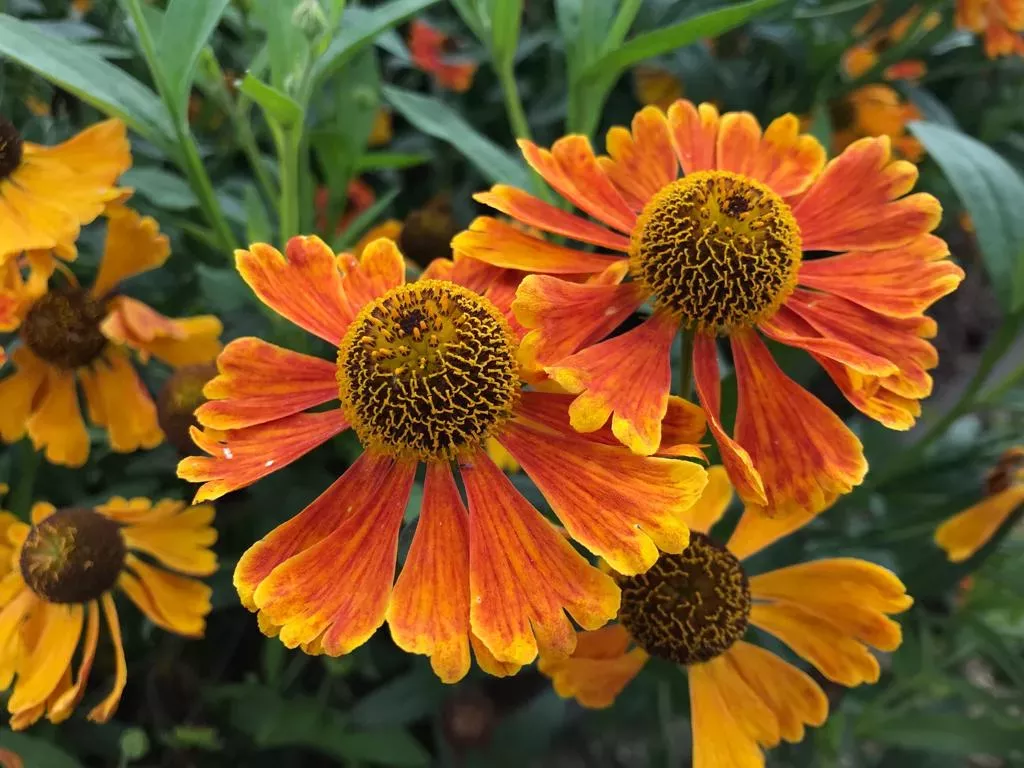
How is colour produced in nature?
1. Pigment
Pigment is the most common way that colour is produced in nature. You find it in flowers, and also in human skin and hair.
Pigments are a group of compounds that absorb light.
Different pigments reflect and absorb wavelengths of light differently, which is how they appear as different colours to our eyes.
Chlorophyll is an example of a pigment. Chlorophyll absorbs wavelengths of light from each end of the visible spectrum, but not from green. Green is reflected, and that's why plants appear green to the human eye.
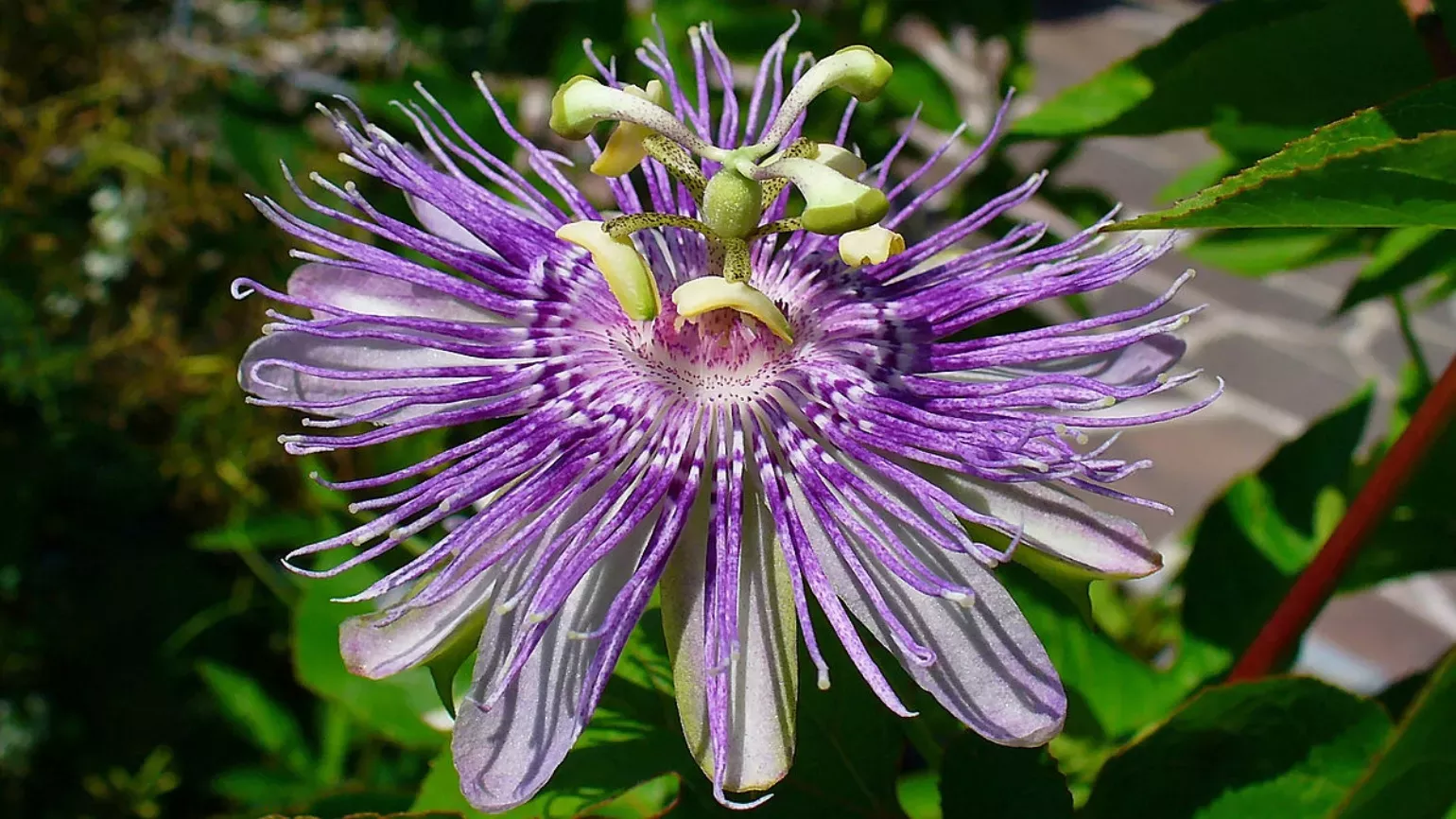
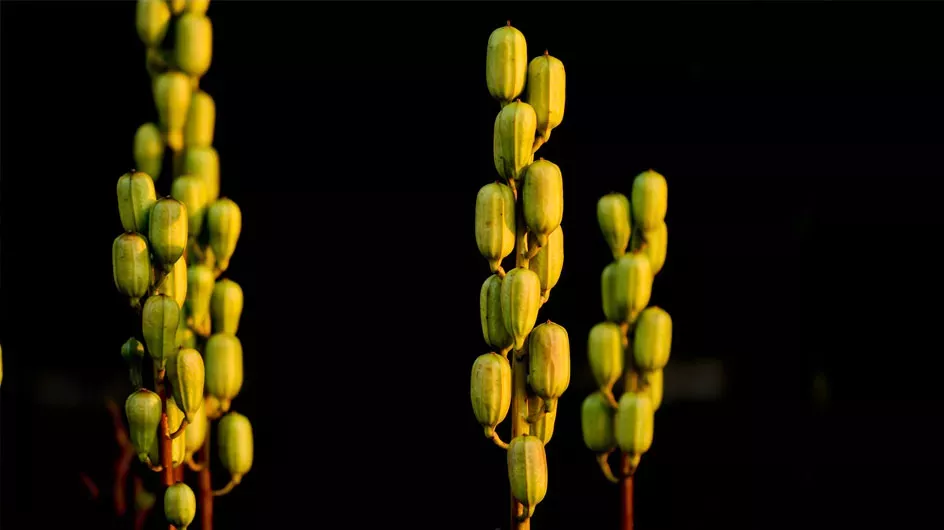
2. Fluorescence
Fluorescence is another that colour is produced in nature. This is when light is absorbed by an organism and re-emitted.
This happens when certain chemicals absorb radiation (such as ultra-violet light) and then re-emit this light at a longer wavelength, one that we can see.
Fluorescence occurs in nature, such as in some minerals, and in some birds and turtles. The ink in highlighter pens is an example of man-made fluorescent colour.
It also occurs in some amphibians, such as the South American tree frog Hypsiboas punctatus, which appears to glow in the dark.
3. Bioluminescence
This is when light is emitted by living things, through chemical reactions in their bodies.
The light is created when two chemicals, called luciferin and either luciferase or photoprotein, react.
Most organisms with this quality are found in the ocean, such as in species of fish, jellyfish and bacteria.
It is used by living things to mate, to hunt prey, defend against attackers, and many other activities.
Some use it to lure prey, such as the anglerfish. Anglerfish have growths on the top of their heads that contain a ball of light. Curious fish swim towards the light and unluckily become a tasty meal.
Bioluminescence can also be found in the plant world. Some types of moss emit light, and fungi such as Mycena luxaeterna glow green at night.
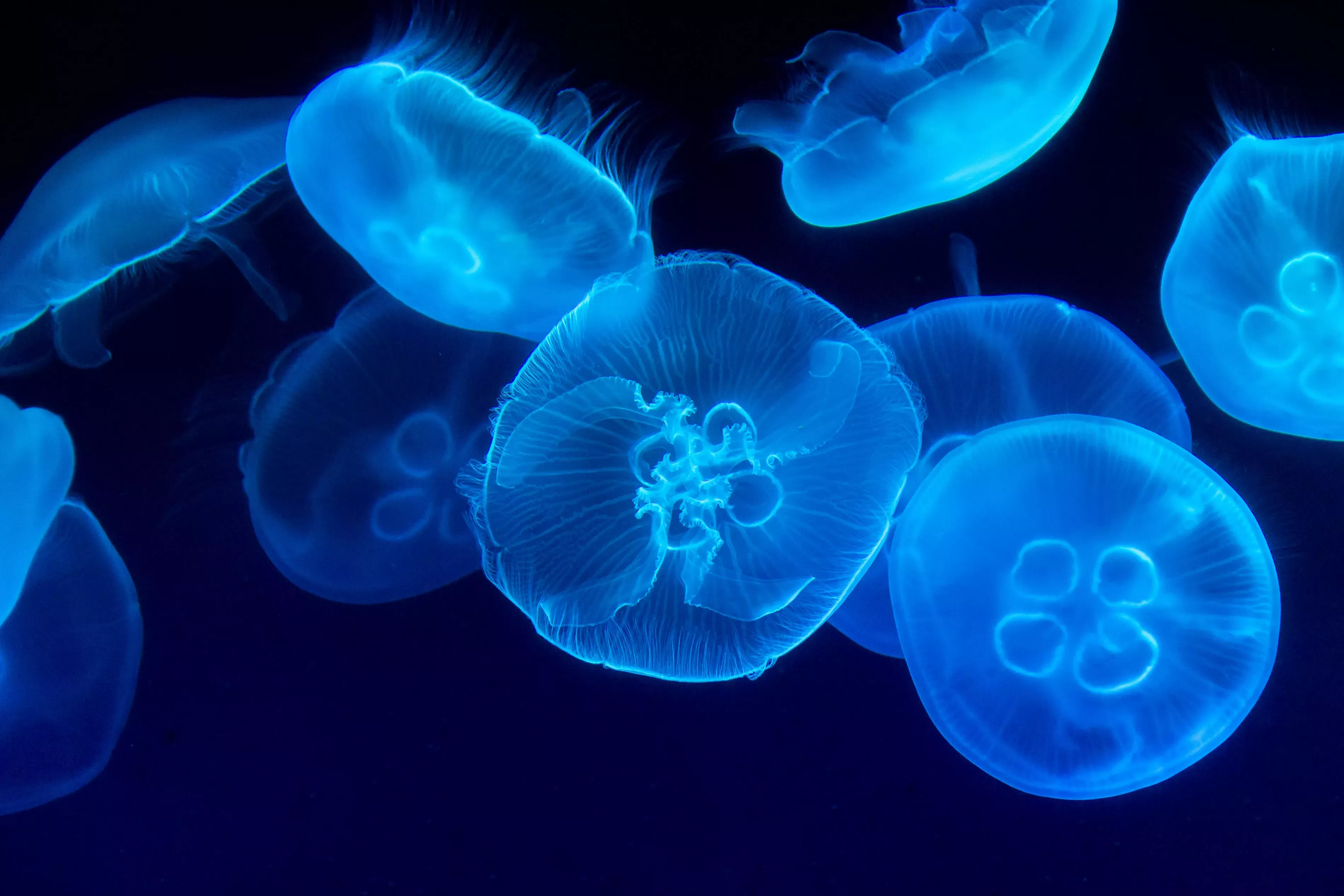
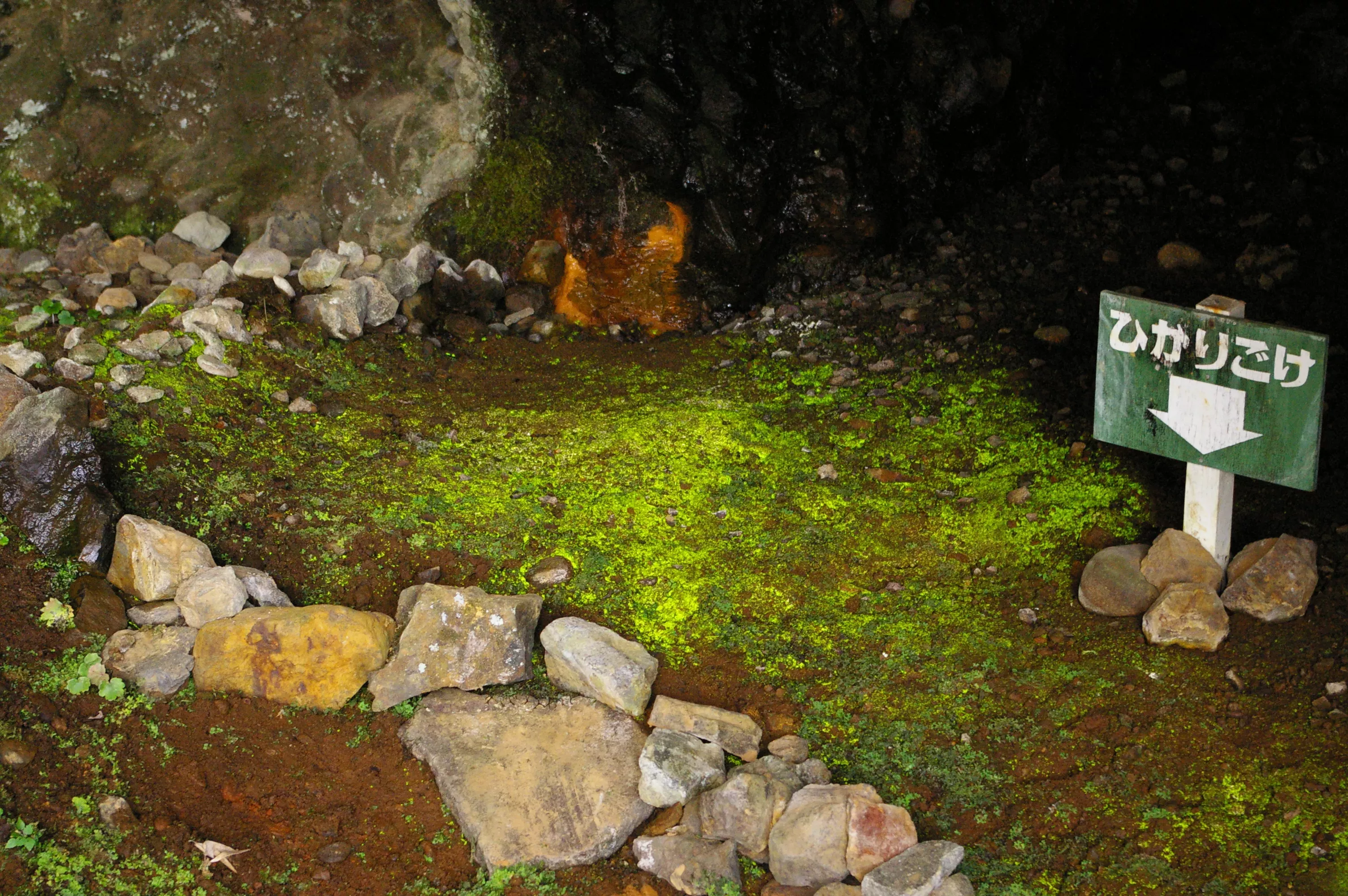
4.Structural colour
Structural colour is a type of colour created by microscopic structures that reflect and refract light.
These structures produce the brightest, most iridescent colours found in nature.
Some plants and animals have these structures in their surface layers, which reflect sunlight in a specific way to generate bright, bold colours.
This is how the dazzling blue-greens on butterfly wings, hummingbirds and peacock feathers are formed.
Structural colour can last for millions of years.
The type of structural colour in the peacock's tail and blue neck for the first time in history has been reproduced artificially using cutting-edge technology.
See it for yourself in our stunning new exhibition, Naturally Brilliant Colour. Learn about the origins of colour and discover how this new iridescent shade could be used in the world of fashion and art.
Featuring the world’s first botanical artwork to accurately reproduce natural structural colour, see beautiful flakes of Pure Structural Colour in art by Coral G Guest.
